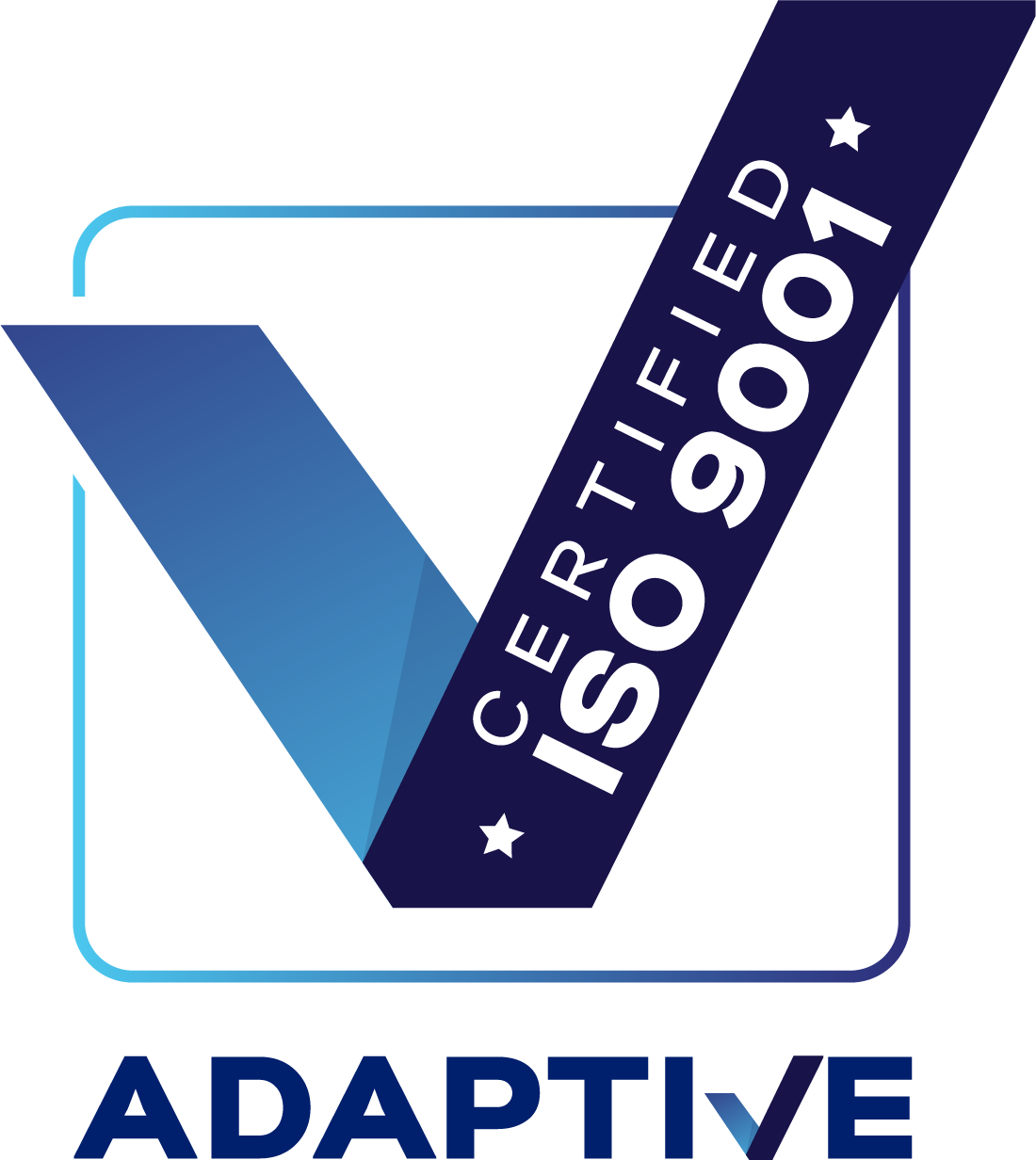
Planning your ISO Management System

So you’re at the start of your ISO certification journey and need to determine the scope of your ISO management system, set quality (ISO9001), safety (ISO45001) and environmental (ISO14001) objectives and identify your interested parties – (Clause 4 of the ISO9001/45001/14001 standards)
There’s a misconception that your management system must contain a SWOT analysis to meet ISO requirements. Whilst a SWOT analysis can be a helpful tool and should help you understand issues relevant to your management system; it is not a requirement. Another way to understand issues is a simple “what if” brainstorming session.
For example:
- What if our contractors don’t work safely? Incidents will occur on our watch.
- What if our workers aren’t trained properly? Products will be of poor quality, and we will lose customers.
- What if our team aren’t aware of the environmental damage they might do whilst carrying out activities? We will not put controls in place and end up with fines from the EPA.
The answers will vary from organisation to organisation, but by asking them and then answering them, you can determine what you need to do. The answers become the actions you need to take to address the risks and opportunities.
For example:
- We need a process for managing and monitoring contractors and their safe work systems.
- We need a program to monitor worker training and fill any knowledge gaps.
- We need an environmental management plan for each job site to ensure we implement effective controls.

Do you have an effective process for ensuring your management system fits the context of your organisation?
Determining the scope of your management system
The scope of your ISO management system, and therefore the scope of your certification, does not need to cover your entire operations. In a larger organisation (particularly government departments), running a management system for a specific department and limited set of processes is common.
For example:
- A plumbing company might carry out commercial and residential plumbing works but choose only to cover the commercial works in its scope.
- A government department might choose only to cover its call centre and customer service operations, ensuring all calls are answered and dealt with effectively.
- A manufacturer might exclude its small research and development arm, allowing its small team flexibility to innovate whilst covering its strictly controlled manufacturing practices to ensure its approved, compliant products are delivered consistently.
Fine-tuning your management system can allow you to focus more on processes that need tighter controls. Come certification time, it can also save considerable time and money by excluding the activities that are of no interest to your clients.
Save Time and Cost!
Adaptive Certifications can help you fine-tune your certification scope and eliminate waste in your audit and certification process, potentially saving days of audit time and cost to your organisation.
Setting Quality Objectives
A great place to start determining quality objectives is considering what your customers want, expect, or have been promised. For example:
- A construction sub-contractor has promised to deliver services on time and on budget with zero defects upon completion.
- An airline advertises phone bookings take 15 minutes.
- A pizza chain has promised fresh pizza delivered to your door in 30 minutes or your money back.
To achieve these objectives, targets can be set for various departments – for example, the pizza chain might set a target for kitchen hands to have all pizzas prepped and in the oven within 4 minutes. The airline might have a target to process the payment within 11 minutes of a call commencing. The subcontractor might have a target to complete quality inspections on all jobs 2 days before the handover.
Is it time to rethink your quality objectives?
Identifying Interested Parties
ISO 9001 requires that you understand the needs and expectations of your interested parties. Whilst this is a broad requirement, ISO 45001 is slightly more specific, requiring that workers (and therefore their needs and expectations) must be included.
Have you considered this requirement in your management system planning and reviewing of interested parties? Remember that workers may not be just employees – you will need to include contracted workers, volunteers, etc. This also presents other interested parties for consideration, such as the contractor or labour-hire company your contracted workers are employed by.

Stuart Watkins – Compliance & Systems Manager




